Fiat Panda proves that small is still best for the city
From 70s minimalist to no-nonsense 80s idealism, charting the rise and rise of the Fiat Panda
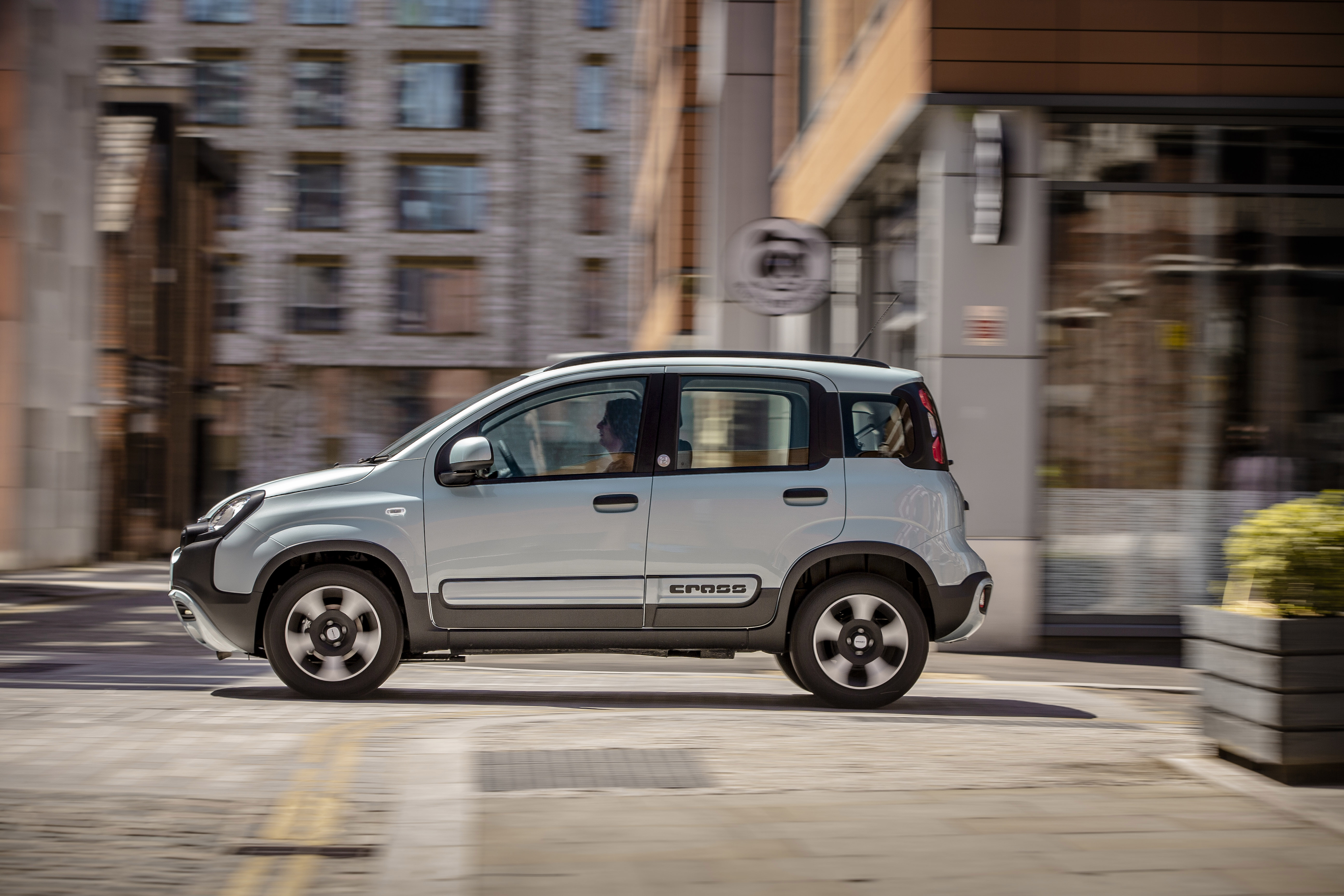
When the original Fiat Panda was launched in 1980, it set new standards for small car design. Penned by Giorgetto Giugiaro and Aldo Mantovani at Giugiaro’s brand new Italdesign Agency, the small Fiat was developed throughout the late 1970s as a perfect mass market utility vehicle.
Originally to have been called the ‘Rustica’, it was the Italian equivalent of France’s Citroen 2CV, a car pitched at the rural community who demanded efficiency, space and simplicity. But something happened between the concept and the creation, and by the time the car reached production, its slab-sided 70s minimalism evolved into a forward-thinking, no-nonsense 80s idealism. Utterly without nostalgia, Giorgetto Giugiaro once described it as ‘like a pair of jeans: a simple, practical article of clothing without pretense.’ Like all the great small cars, the Panda was also almost entirely classless, symbolising an attitude and an ethos rather than status. There was even an electric version in 1990 and the model lasted for 23 years before being replaced.
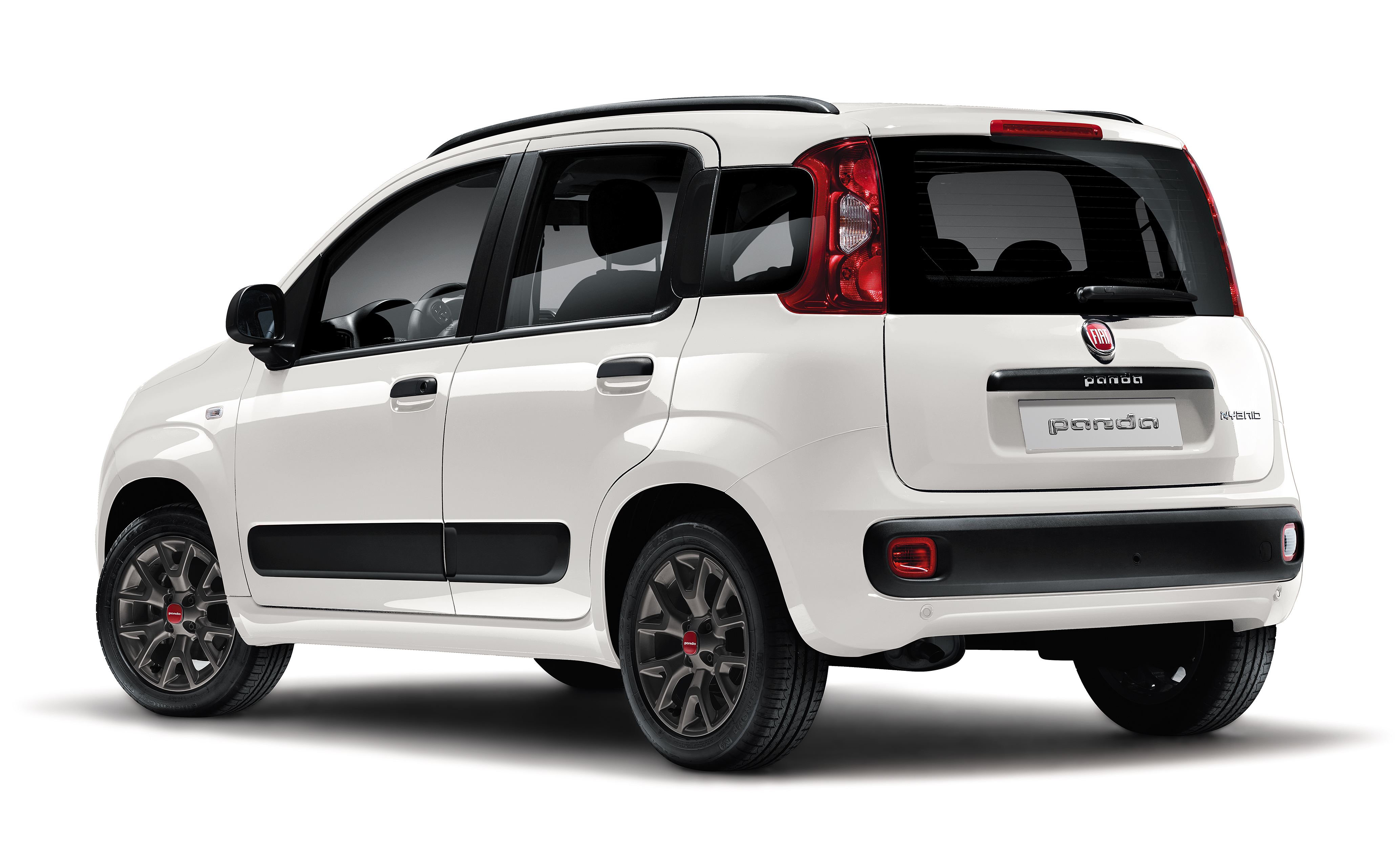
The Fiat Panda City Cross is chunky without being aggressive, chic and classless
This car, the Fiat Panda City Cross Hybrid, is the latest variant of the third-generation model. Remarkably, even this most recent Panda has already been in production for ten years. Fiat’s financial flakiness notwithstanding, the design’s endurance is testament to how much the company got right from the outset back in 2011 when it upgraded the model for a new era. The City Cross Hybrid crams an advanced powertrain into the Panda’s compact bodywork, pitching itself as the ultimate city vehicle.
However, electrification is used only to give the car a power boost, rather than propel it under pure electric power. This extra juice doesn’t give the Panda any serious performance enhancement, but the direct, light steering and small footprint mean there’s pleasure to be had from simply finding the gaps and parking spots that big cars can no longer squeeze into.
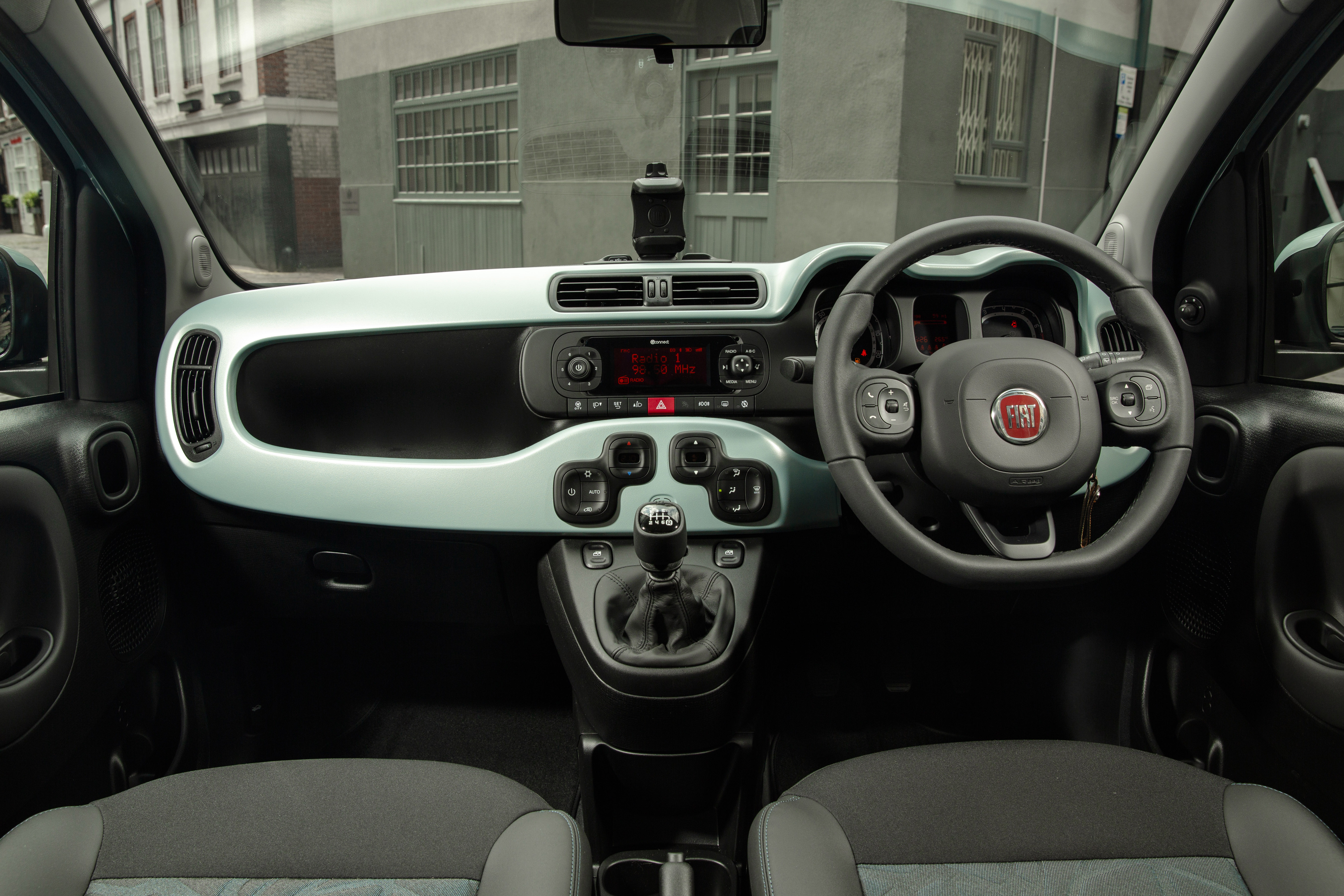
Fiat's Panda wins no prizes for elegance, but gets top marks for staying with old school push-button functionalism
Whilst the original has become a classic, thanks to such design decisions as the avoidance of curved glass, the wipe clean interior and slim, spring-less seats, the newer car is still wildly popular, especially in Italy. The 4x4 version, like its predecessor, is considered a cult car, and the City Cross Hybrid shares the raised, chunky styling of its micro off-roader sibling. It is rugged without being aggressive, inside and out, with a dashboard design that recalls turn-of-the-century mobile phones, and shiny black plastic interior and exterior finishes that are more hiking boot than training shoe. In Italy, the Panda is still at the top of the charts, with twice as many sold as its nearest competitor. Giugiaro’s ethos of simplicity turned out to transcend fashion and the current model admirably keeps this flame alive.
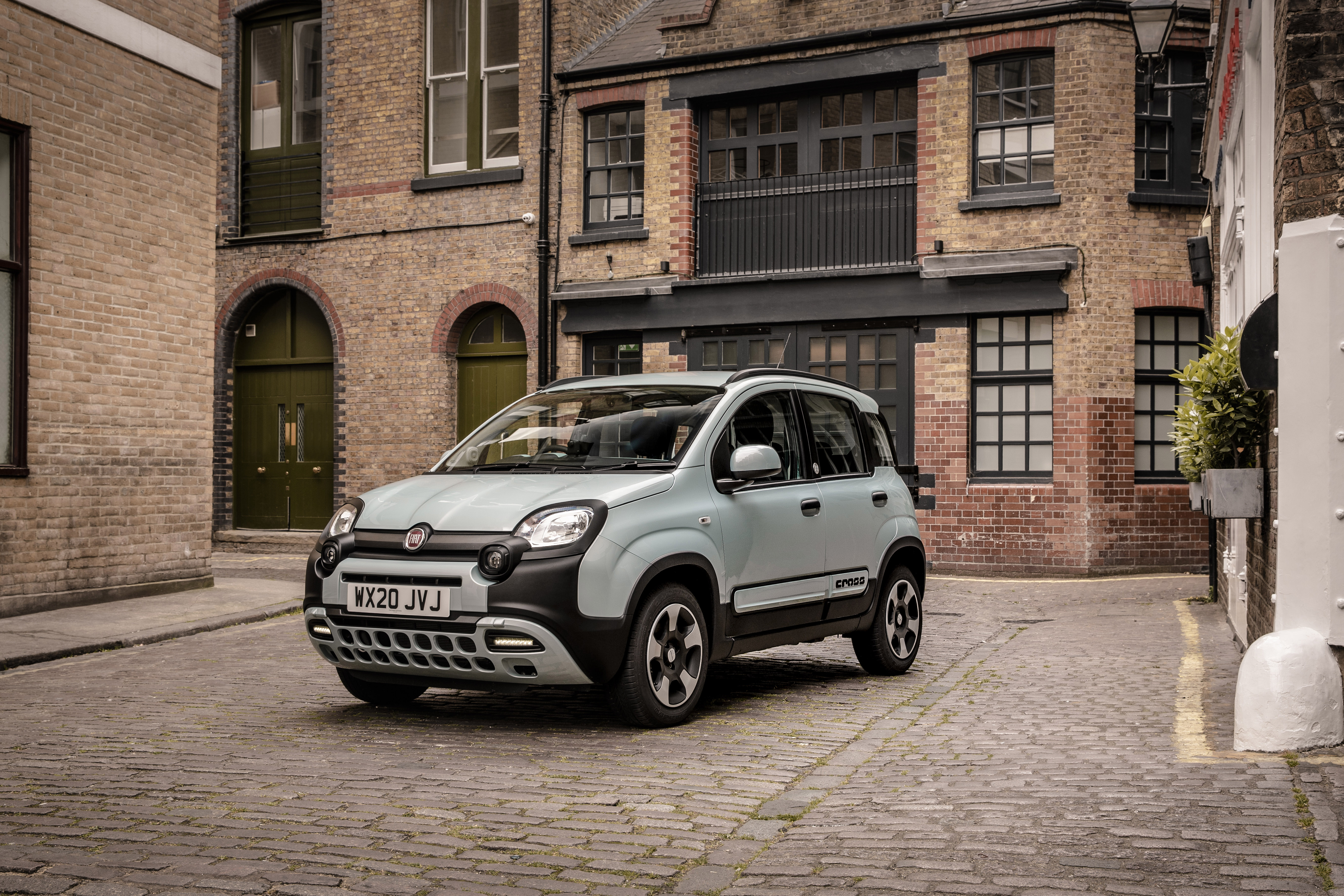
INFORMATION
Fiat Panda Citycross, price as tested £15,230
fiat.co.uk
Wallpaper* Newsletter
Receive our daily digest of inspiration, escapism and design stories from around the world direct to your inbox.
Jonathan Bell has written for Wallpaper* magazine since 1999, covering everything from architecture and transport design to books, tech and graphic design. He is now the magazine’s Transport and Technology Editor. Jonathan has written and edited 15 books, including Concept Car Design, 21st Century House, and The New Modern House. He is also the host of Wallpaper’s first podcast.
-
 All-In is the Paris-based label making full-force fashion for main character dressing
All-In is the Paris-based label making full-force fashion for main character dressingPart of our monthly Uprising series, Wallpaper* meets Benjamin Barron and Bror August Vestbø of All-In, the LVMH Prize-nominated label which bases its collections on a riotous cast of characters – real and imagined
By Orla Brennan
-
 Maserati joins forces with Giorgetti for a turbo-charged relationship
Maserati joins forces with Giorgetti for a turbo-charged relationshipAnnouncing their marriage during Milan Design Week, the brands unveiled a collection, a car and a long term commitment
By Hugo Macdonald
-
 Through an innovative new training program, Poltrona Frau aims to safeguard Italian craft
Through an innovative new training program, Poltrona Frau aims to safeguard Italian craftThe heritage furniture manufacturer is training a new generation of leather artisans
By Cristina Kiran Piotti
-
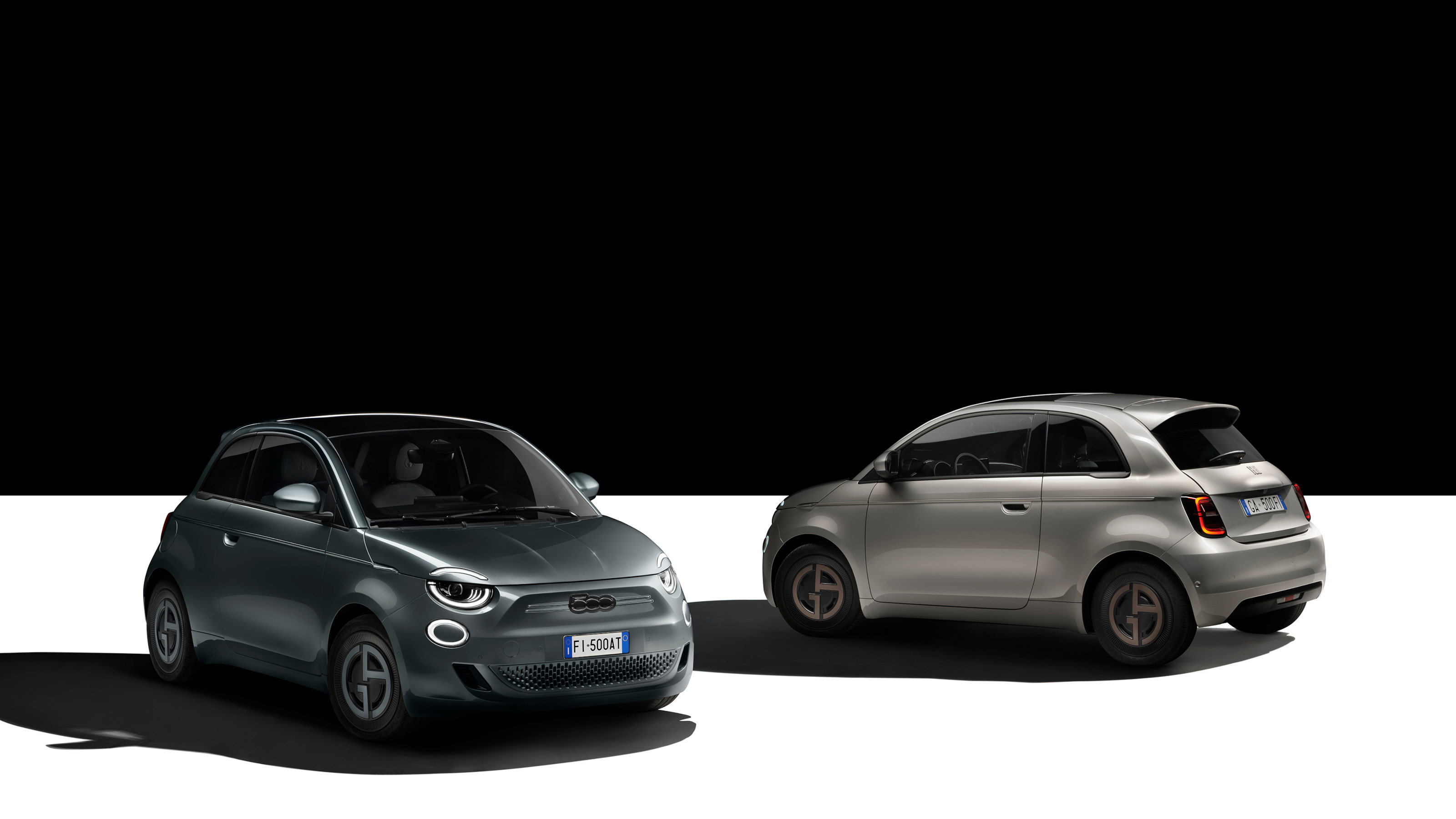 Giorgio Armani takes Fiat’s 500e to another level of urban chic
Giorgio Armani takes Fiat’s 500e to another level of urban chicCompact and chic, the high-spec Fiat 500e Giorgio Armani celebrates the company’s 125th year and the designer’s 90th birthday
By Jonathan Bell
-
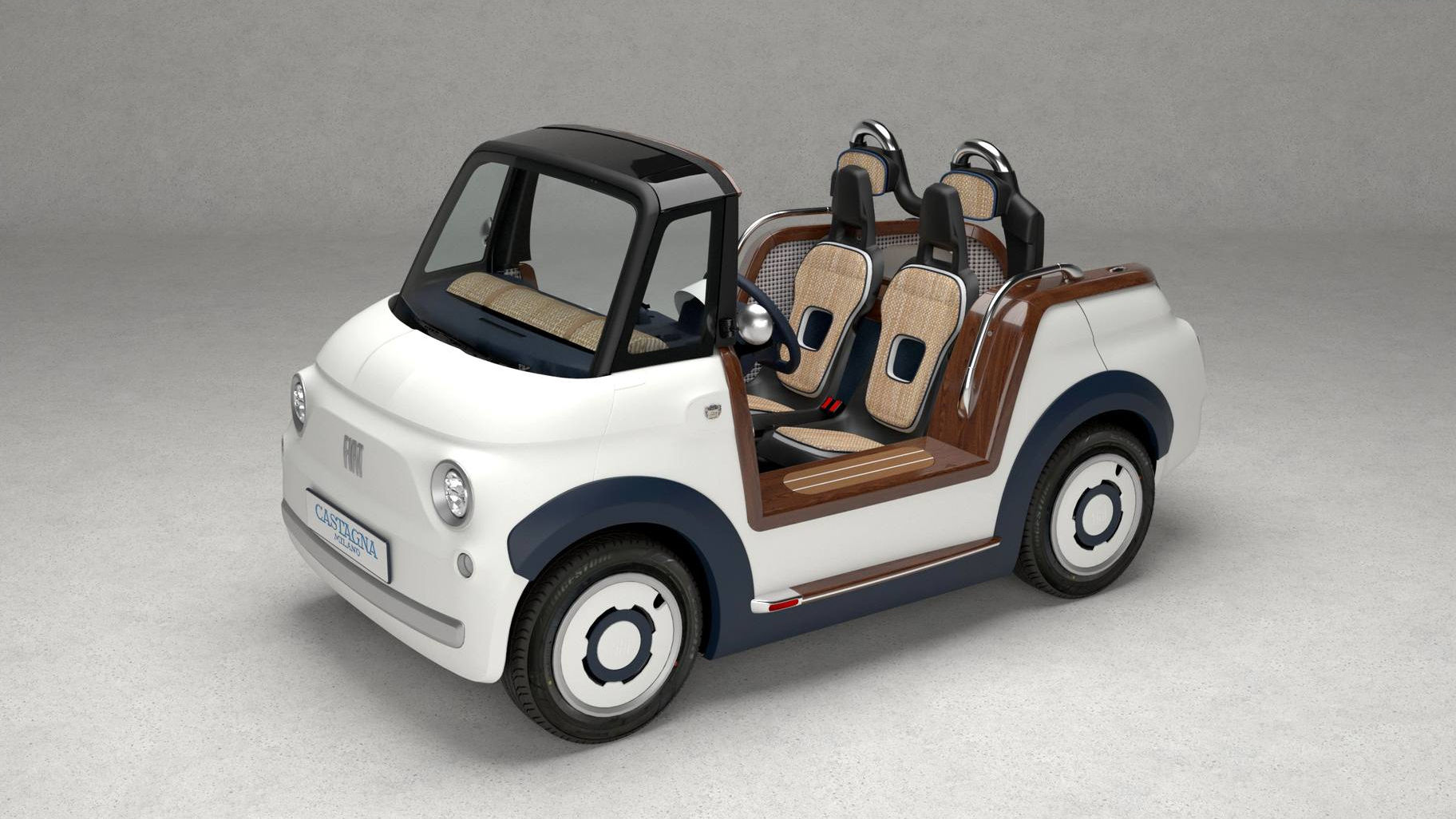 Get beach-ready with this delightful take on the new Fiat Topolino
Get beach-ready with this delightful take on the new Fiat TopolinoThe new Fiat Topolino Spiaggina is Castagna Milano’s modern update of an iconic Italian beach accessory, the Fiat 500 Jolly
By Jonathan Bell
-
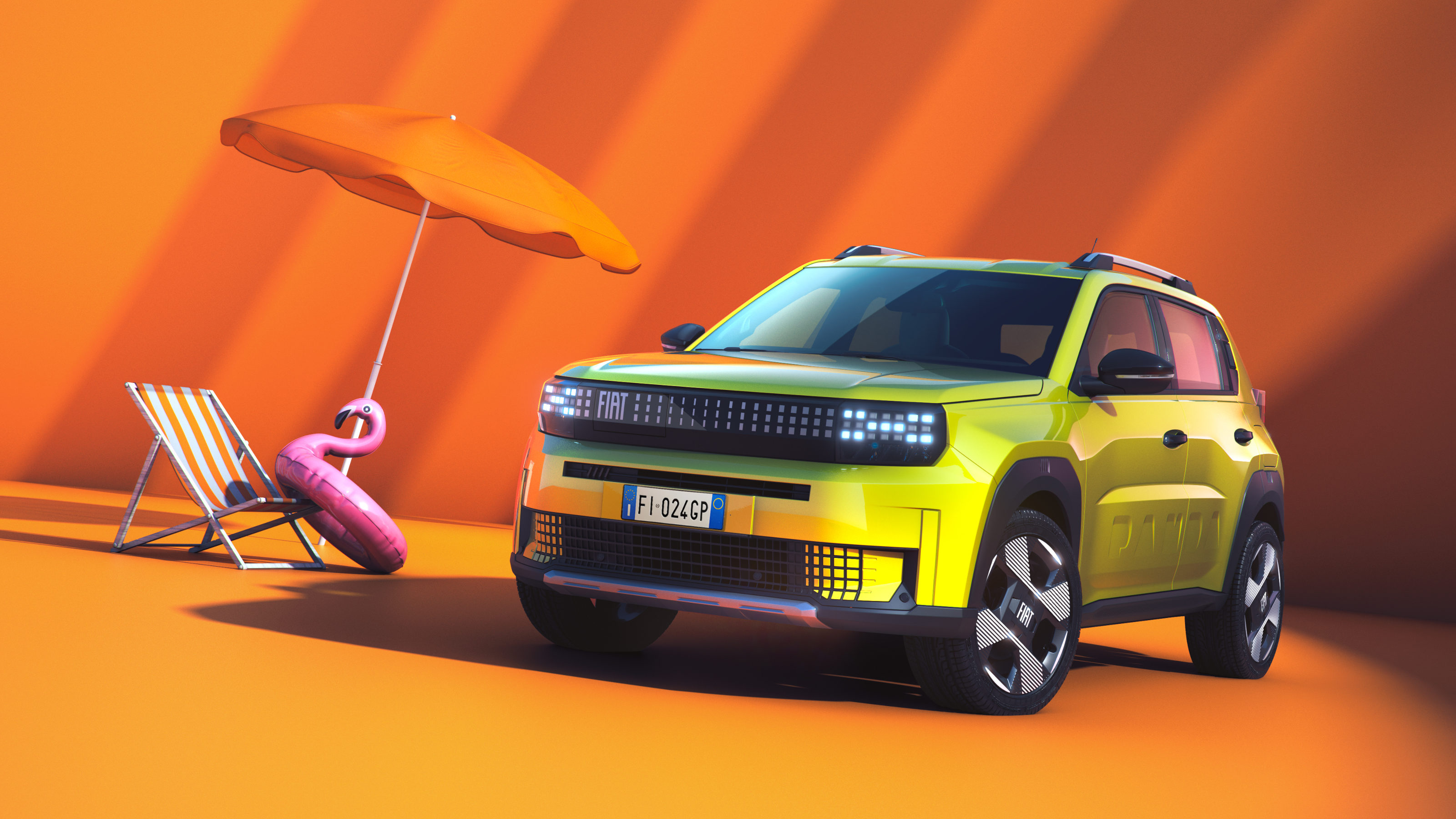 Fiat Grande Panda first look: will retro-seeking lightning strike twice?
Fiat Grande Panda first look: will retro-seeking lightning strike twice?This is the new Fiat Grande Panda, a compact hybrid and electric car that brings delightful design back to a well-loved model
By Jonathan Bell
-
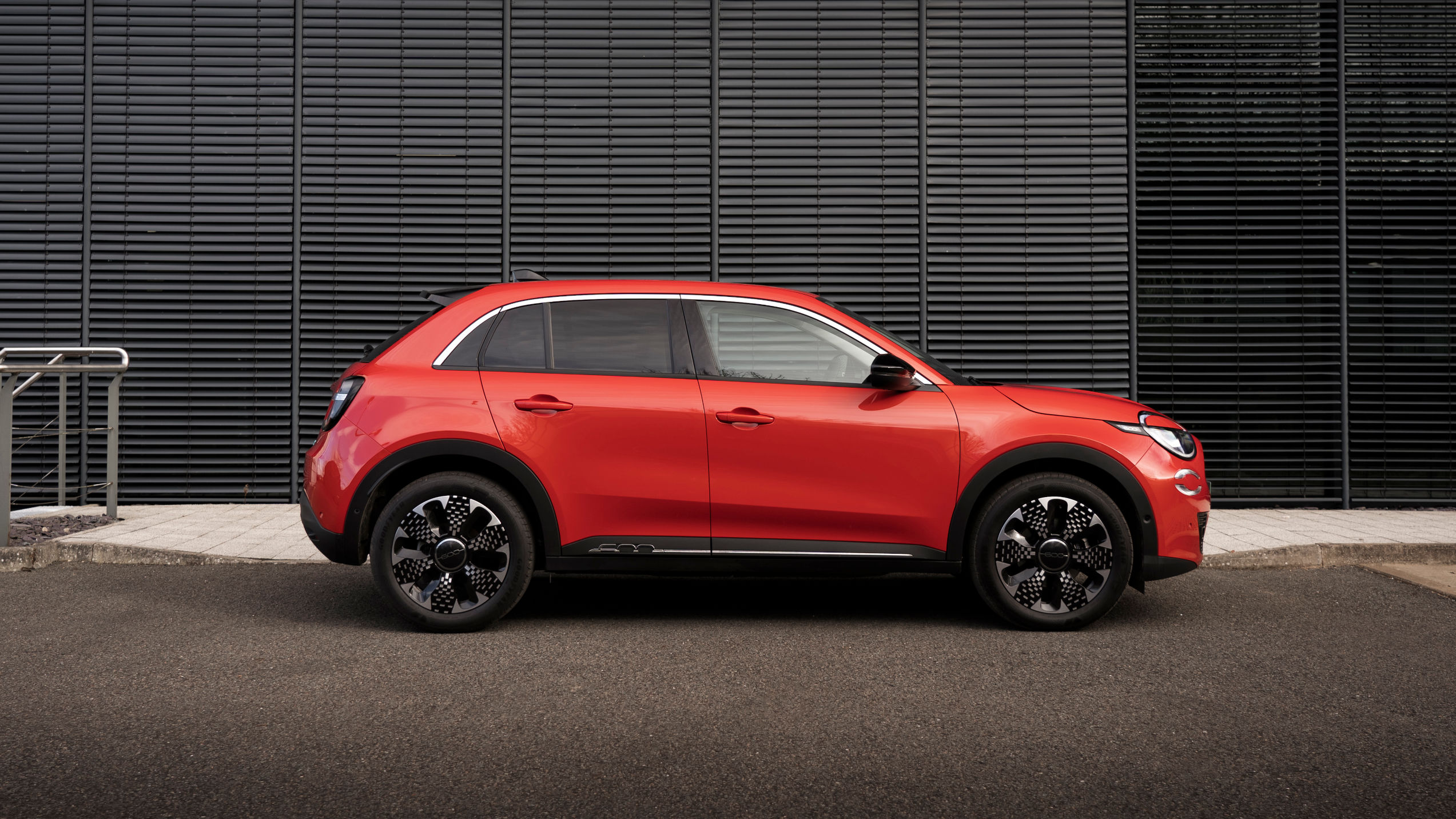 Fiat 600e: la dolce vita extended and enhanced
Fiat 600e: la dolce vita extended and enhancedThe sophisticated new electric Fiat 600e sees the marque finally overcome its growing pains
By Guy Bird
-
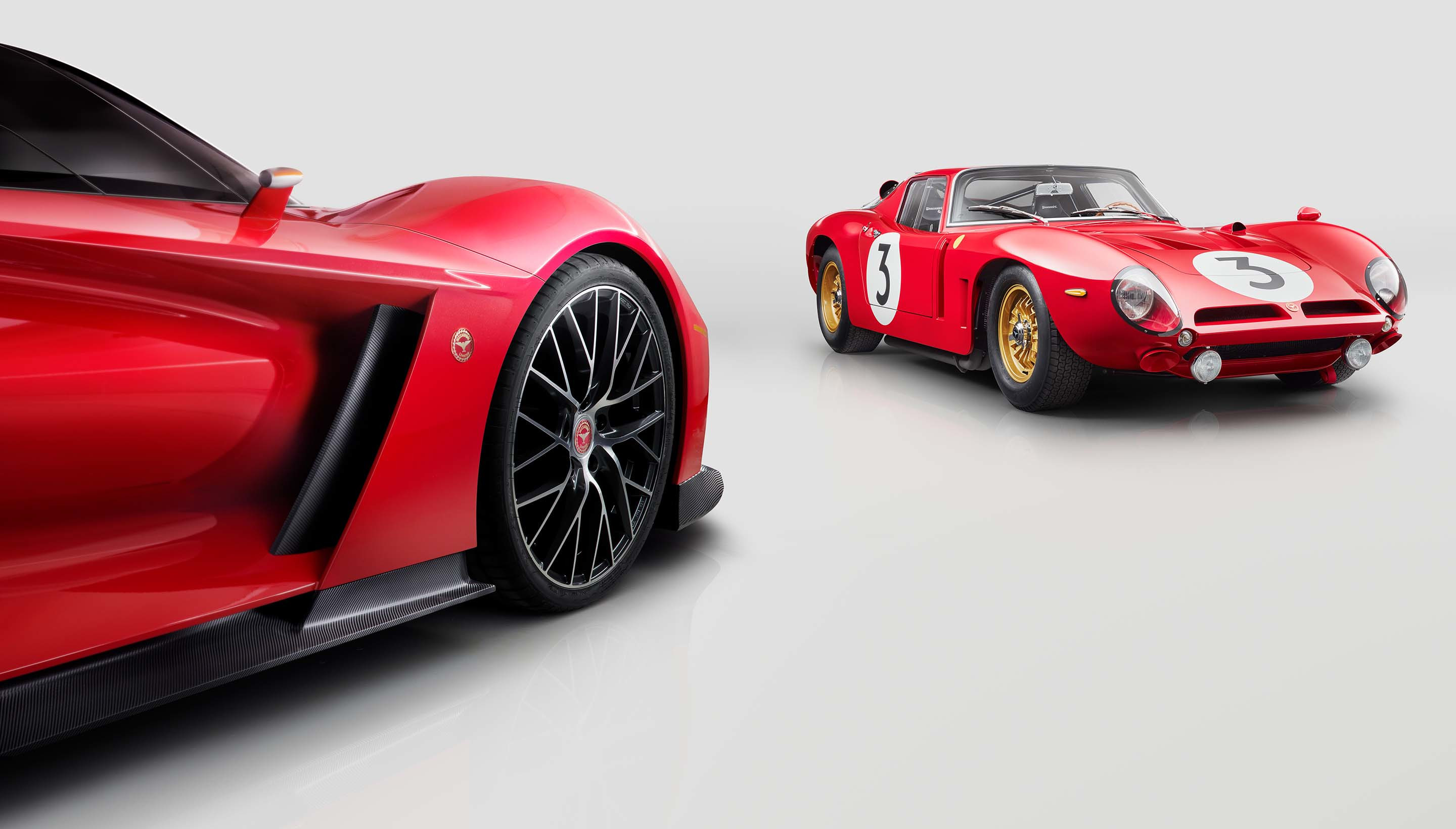 Restomod Italian cars: Lancia, Alfa Romeo, Fiat and more classics reborn for modern roads
Restomod Italian cars: Lancia, Alfa Romeo, Fiat and more classics reborn for modern roadsIn the world of restomod Italian cars, everything from 1960s race cars to cult city vehicles can be restored, reshaped and updated for modern driving and fastidious collectors
By Jonathan Bell
-
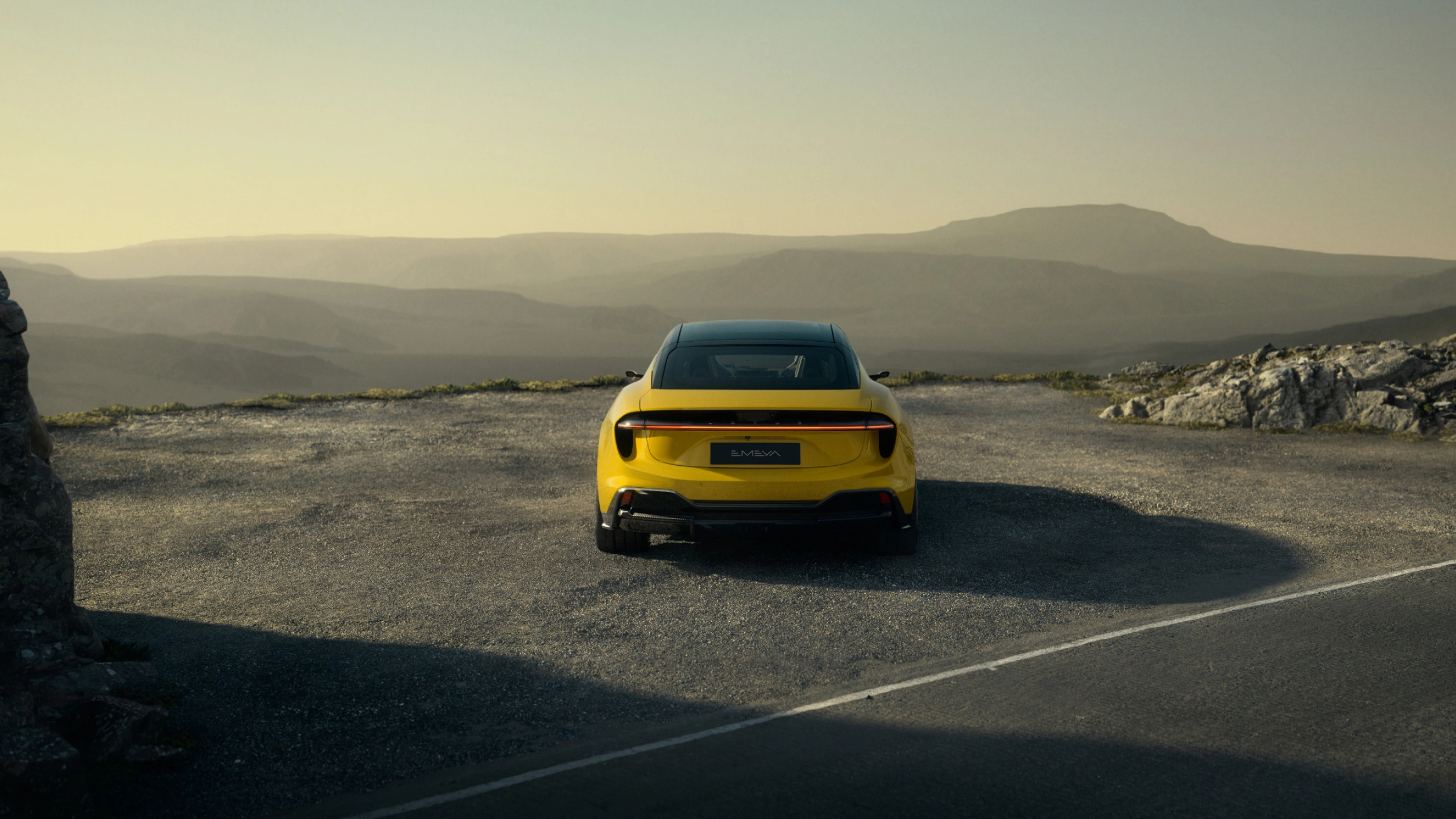 24 transportation design innovations for 2024
24 transportation design innovations for 2024From electric cars to new airports and sports boats, here’s a non-exhaustive list of 24 of the most interesting transportation design innovations to expect in the coming year
By Jonathan Bell
-
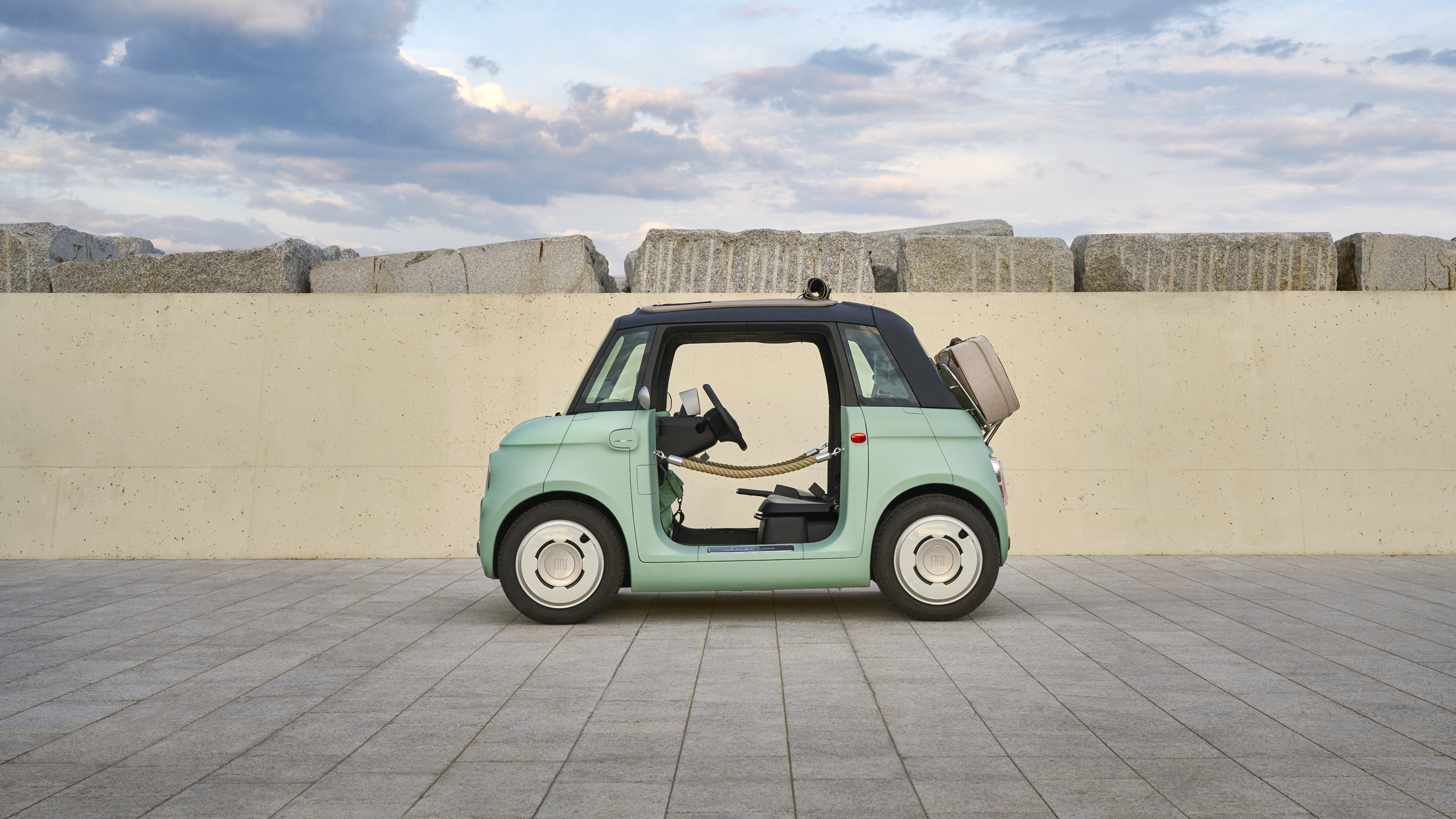 Year in review: top 10 transport design stories of 2023, selected by Wallpaper’s Jonathan Bell
Year in review: top 10 transport design stories of 2023, selected by Wallpaper’s Jonathan BellJonathan Bell’s top 10 transport design stories of 2023 span from electric campers and microcars to flying yachts and classic car recreations
By Jonathan Bell
-
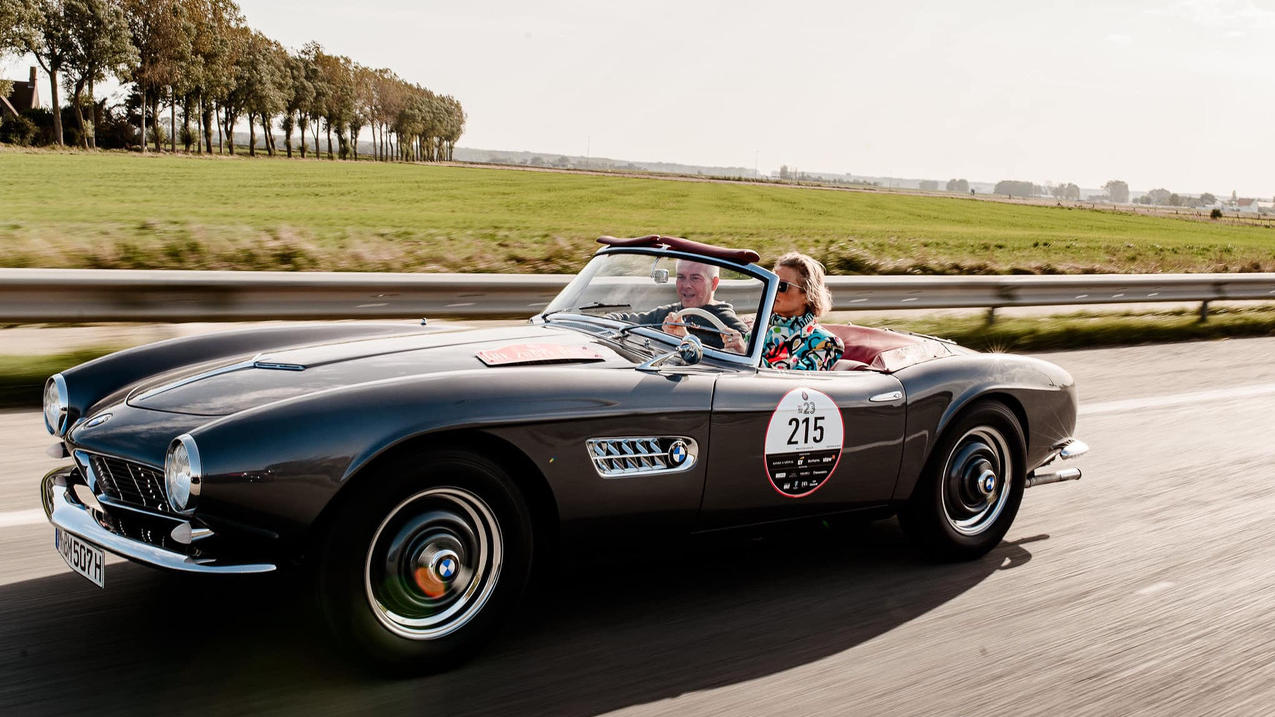 Zoute Grand Prix is a car fest like no other at a pristine Belgian beachside town
Zoute Grand Prix is a car fest like no other at a pristine Belgian beachside townAmy Serafin takes to the well-heeled streets of Knokke-Heist to experience the Zoute Grand Prix, its annual cavalcade of classic car-related events, from a rally to an auction
By Amy Serafin